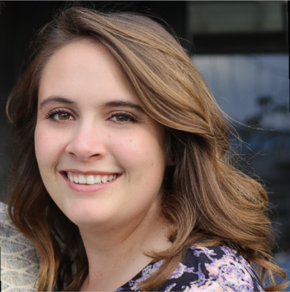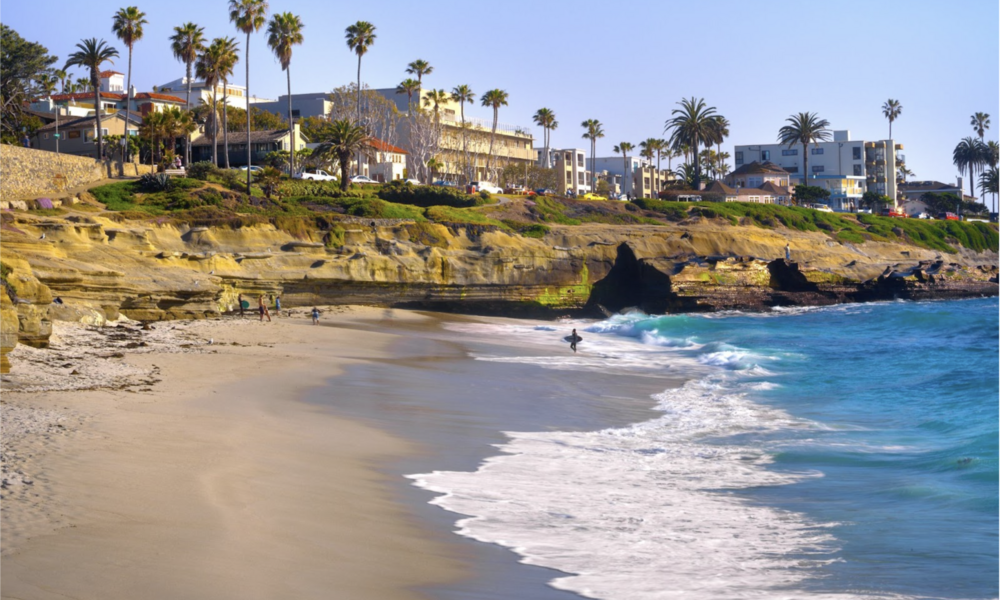There’s No Climate Action Without Community Outreach: A Conversation with San Diego’s Moriah Saldaña
- Date: 06 April 2022
- Author: Tara Doyle, World Wildlife Fund

Moriah Saldaña, the Climate Action Plan Program Manager for the City of San Diego’s Sustainability and Mobility Department.
In this blog series, I’m speaking with sustainability officials in local governments around the country to learn about how they’re tackling socio-environmental issues within the public sector. This week, I interviewed Moriah Saldaña, the Climate Action Plan Program Manager for the City of San Diego’s Sustainability and Mobility Department. Moriah grew up in San Bernardino, a region with historically poor air quality that likely contributed to her asthma and inspired her to become an environmentalist from an early age.
After earning her Master’s in Public Administration from San Diego State University, Saldaña joined the environmental nonprofit I Love A Clean San Diego (ILACSD), where she organized large-scale volunteer events to collect litter and debris from the beach. Saldaña started at ILACSD as a part-time program assistant and became their Director of Regional Affairs after five years. In that position, she managed government contracts and ran zero-waste educational programs in local schools, all while gaining public sector connections that later helped her transition into the San Diego government.
In 2015, the City adopted a Climate Action Plan that aims to cut greenhouse gas emissions by 50% and obtain 100% of its energy from renewable sources by 2035. The plan outlines five major goal areas: building utilities, renewable energy, transportation/land allocation, waste elimination, and climate adaptation. I spoke to Moriah about the Climate Action Plan, why she loves working in the public sector, and more.

The beach and city of San Diego, California
Q: How did you decide what to prioritize in your Climate Action Plan?
We did a lot of public engagement throughout the development of this plan. We heard from over 3,300 people about their climate-change-related fears and how they’d like the City to address those issues. In this way, we built a plan that directly responds to residents’ needs. And two of the issues that came up the most were wildfires and transportation, so the plan contains very specific strategies to address those. For instance, we’re planting more trees and doing brush management to prevent future fires. In regards to transportation, many people expressed concerns about air quality. So we looked at each of the actions in the Climate Action Plan, and we’re actively prioritizing the ones that positively benefit air quality.
Q: In what policy areas does the City have the greatest capacity for impact?
The areas where we have the greatest capacity to reduce emissions and also the greatest need to reduce emissions are the building and transportation sectors. We need to remove natural gas from our buildings and electrify not just the new buildings but the existing ones as well. And transportation policies have a major impact on how people get around: are we widening roads, or are we widening sidewalks and bike lanes? We have a great deal of control on that side of things, but what we really need from the state and the federal government is more financial support, including grant funding.
Q: With the plan approved, how are you implementing it now?
We need to lead the building decarbonization efforts with a robust public engagement strategy, where we educate communities on what it means and why it’s important. A lot of people don’t even realize that cooking with natural gas damages indoor air quality, for example. Our planning department is currently focusing on mode share goals, or the percentage of trips made by walking, bicycling, transit, and single-occupancy vehicles. Our long-term goal is that 50% of trips are made in a sustainable alternative to single-occupancy vehicles, and we are working towards that goal by enhancing the walkability and bikeability of our streets.
Q: Along those lines, do you consider San Diego to be a walkable city, and how would you rate the current public transit options?
Our downtown has many small neighborhoods that are walkable, but they aren’t necessarily connected well, so it can be difficult to go from one neighborhood to another without driving. I live in a historically under-resourced neighborhood called City Heights and a lot of people bike around here, but we can definitely improve safety for bikers and pedestrians. Because my neighborhood is farther inland, it isn’t easy to get to the beach using transit, and that’s a major area for improvement too. Our transit agency, MTS, is working on building more bus-only lanes to help people prioritize public transit. They have also started to electrify their fleet of buses, which is really exciting.
Q: What do you love about working in this sector, and what’s challenging about it?
I love the passion of the people we work with at every level; my coworkers all have a passion for sustainability and serving the public good. We want to make sure that we’re advancing sustainability without leaving anyone behind. We include as many people as possible in the conversation to ensure that the progress is felt across the entire city of San Diego, including historically underserved communities. The greatest challenge is always finding funding, because city budgets tighten every year, especially since the pandemic. We have to find more innovative sources, like grants and state/federal funds.
Q: Can you tell me more about how you’re working to guarantee that people from underserved communities are heard and that they benefit from City initiatives?
The first step is to listen, and it sounds basic but it’s an often overlooked step. A lot of people in the sustainability field come from a scientific background, and we assume we know what’s best for the community. We have to undo that way of thinking and get community input before major decisions. By partnering with local organizations, we got feedback from residents and found out what their biggest priorities were. We heard that affordable housing is a crucial goal across the state, and so we’re implementing policies that encourage more housing density. We were quick to adopt SB-9, a building code that legalizes fourplexes, to increase the number of units in our city.
To learn more about San Diego’s climate action efforts, visit https://www.sandiego.gov/sustainability/climate-action-plan